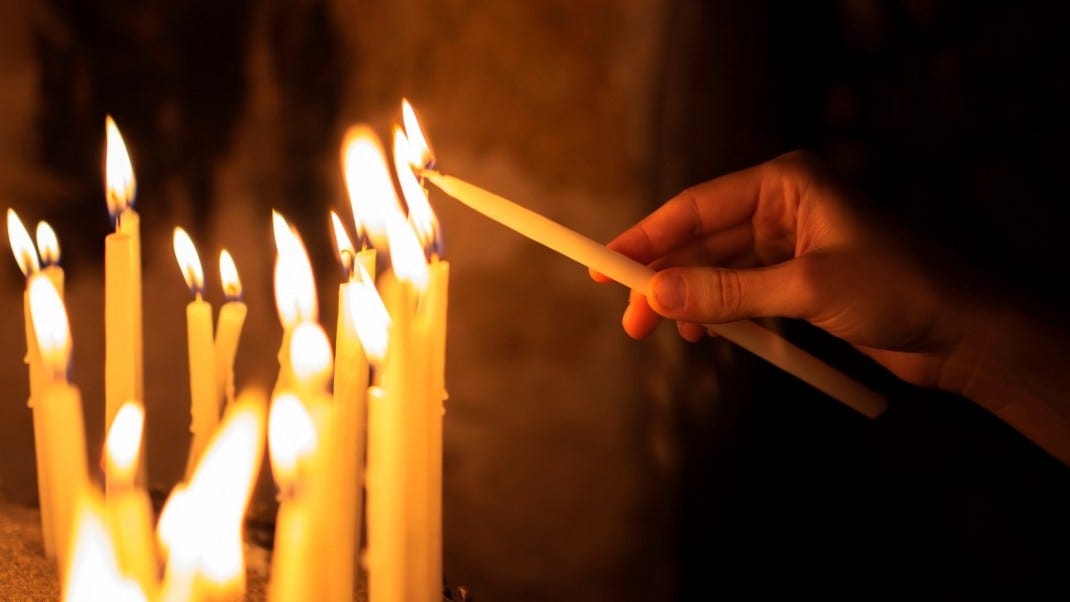Ancient and Modern Ritual
A Creative Approach to Working with Grief, Loss, and Change
by Samantha Black
Sometimes, the prevailing model of talk therapy doesn’t work. What do we do when a loss is so deep that it defies verbal expression? There is evidence that the brain stores trauma in areas that bypass speech,1 and anyone who’s experienced a deep shock can attest to this. Creative therapies expand our options beyond words by inviting expression from the whole spirit-mind-body and its array of senses. Creative therapies are evidence-based healing methods based in the expressive arts and include ritual therapy, drama therapy, visual arts, dance, narrative, and music therapies. In this article, I will introduce ritual therapy and show how and why it is effective as a treatment for grief. I will offer some ways anyone can begin to practice ritual to ease bereavement, I’ll talk about culturally specific models of grief work, and will include resources for professional counselors who might want to incorporate this therapeutic intervention.
Across cultures, a widely accepted definition of successful grieving is acknowledgment of loss leading to adaptive coping. Carefully tended grief rituals provide a safe way to encourage adaptive coping.2 Clinically proven benefits of grief ritual include providing structure and comfort of the expected, which can increase feelings of trust in self and others; increasing feelings of effective coping through repetitive actions; encouraging self-acceptance and compassion; personalizing the grief process; allowing room for emotional expression; establishing feelings of belonging; offering social support; moving towards integration; and providing an opportunity to continue or relinquish bonds with the deceased.3
Keep reading with a 7-day free trial
Subscribe to Tarka Journal to keep reading this post and get 7 days of free access to the full post archives.



